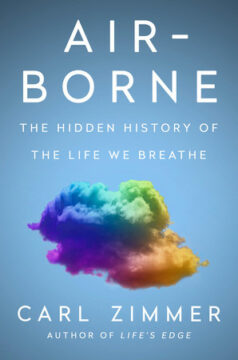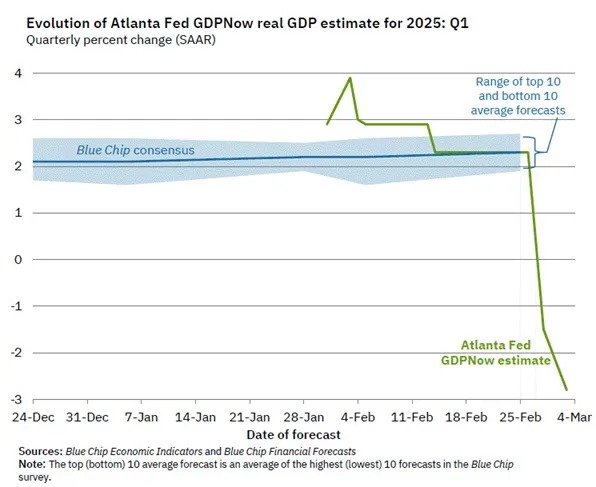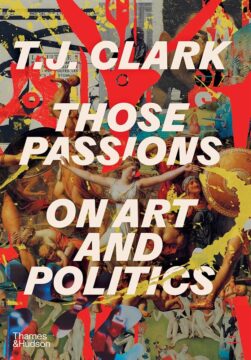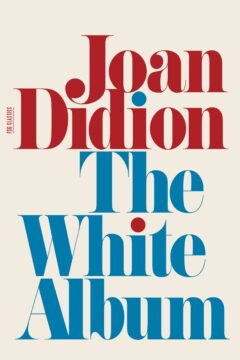Shehryar Fazli in The Ideas Letter:
“This was a destruction not of a house but of our history, of my history,” said a veteran of Bangladesh’s 1971 liberation war. He was speaking to me of the destruction on Feb. 5 of the Dhaka home of Sheikh Mujib ur Rahman, Bangladesh’s first leader.
The address, 32 Dhanmondi, is as well known in Bangladesh as 1600 Pennsylvania in the U.S. It is where, in March 1971, Mujib was apprehended by Pakistani troops as they began their violent crackdown in East Pakistan that culminated in a genocide, the third Pakistan-India war, and the birth of a new nation. And it is where, on Aug. 15, 1975, Bangladeshi soldiers slaughtered Prime Minister Mujib and several members of his family in the country’s first military coup. That it now stands in ruins is an indication of how much public anger had accumulated during the 15 years of the increasingly repressive rule under Mujib’s daughter, Sheikh Hasina Wajed, which ended dramatically on Aug. 5, 2024 after weeks of student-led protests.
Hasina had turned 32 Dhanmondi into a memorial for her father. Now exiled in India, where she fled after her fall from power, Hasina is plotting a political comeback. On Feb. 5, marking a gathering of her Awami League party, she planned to give a speech that would condemn Chief Adviser Muhammad Yunus’s interim government and announce her intentions to avenge her ouster. The youth leaders warned that if she spoke they would destroy her father’s house.
More here.
Enjoying the content on 3QD? Help keep us going by donating now.

 E
E
 Some of the microbes that rose from the ocean fell on land instead of water. Lying on the bare continents, they no longer had sea water to shield them from direct sunlight. Many likely died as the ultraviolet radiation ravaged their genes and proteins. Meanwhile, the atmosphere was sucking out the water from their interiors, causing their molecules to stick together and collapse into toxic shapes.
Some of the microbes that rose from the ocean fell on land instead of water. Lying on the bare continents, they no longer had sea water to shield them from direct sunlight. Many likely died as the ultraviolet radiation ravaged their genes and proteins. Meanwhile, the atmosphere was sucking out the water from their interiors, causing their molecules to stick together and collapse into toxic shapes.
 In his introduction, Clark poses a more immediate question: “Shouldn’t we judge political art by its effects, not its beauty or truth?” Leaving aside the second clause, we find two questionable assertions implicit in the first: namely, that art can be political and that it can have an effect. In this context, he imagines the reader wondering why his book “makes room for Matisse and Jackson Pollock,” two artists who “reached the conclusion, in practice, that opinions had to be what art annihilated if it was to survive”. Their stance is one that Clark accepts: “The blankness was essential. It was reality as they lived it.”
In his introduction, Clark poses a more immediate question: “Shouldn’t we judge political art by its effects, not its beauty or truth?” Leaving aside the second clause, we find two questionable assertions implicit in the first: namely, that art can be political and that it can have an effect. In this context, he imagines the reader wondering why his book “makes room for Matisse and Jackson Pollock,” two artists who “reached the conclusion, in practice, that opinions had to be what art annihilated if it was to survive”. Their stance is one that Clark accepts: “The blankness was essential. It was reality as they lived it.”
 For those hoping to cure death, and they are legion, a 2016 experiment at the Salk Institute for Biological Studies in San Diego has become liminal — the moment that changed everything. The experiment involved mice born to live fast and die young, bred with a rodent version of progeria, a condition that causes premature aging. Left alone, the animals grow gray and frail and then die about seven months later, compared to a lifespan of about two years for typical lab mice.
For those hoping to cure death, and they are legion, a 2016 experiment at the Salk Institute for Biological Studies in San Diego has become liminal — the moment that changed everything. The experiment involved mice born to live fast and die young, bred with a rodent version of progeria, a condition that causes premature aging. Left alone, the animals grow gray and frail and then die about seven months later, compared to a lifespan of about two years for typical lab mice. The Great Gatsby
The Great Gatsby